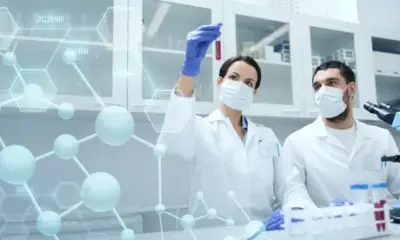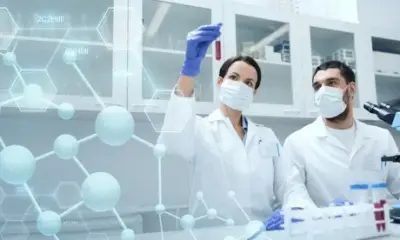Science
Understanding the Dynamics of the Life Sciences Industry
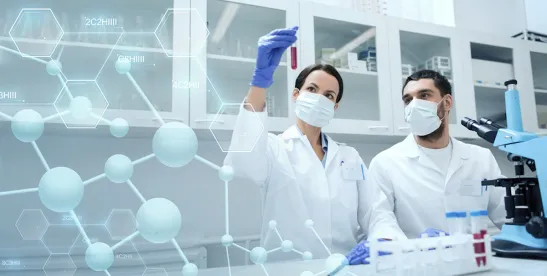
The life sciences industry stands out as one of the most intricate and regulated sectors within the global economy. It encompasses a diverse array of businesses, ranging from biotechnology startups emerging from academic institutions to established pharmaceutical companies making significant market impacts through innovative therapies. This article delves into the intricacies of the life sciences sector, examining its core components, unique challenges, and legal considerations crucial for founders, investors, and legal professionals alike.
Defining the Scope of Life Sciences
While many associate the term “life sciences” primarily with pharmaceuticals, the reality is far broader. According to Jay Reilly from Saul Ewing LLP, defining life sciences can lead to varied interpretations. The industry can be categorized into four main segments, each with distinct business models, regulatory pathways, and funding challenges.
Life sciences companies often face a lengthy journey before generating revenue. As noted by Ed Amer of Goodwin, “They tend to be pre-revenue for a long time. In fact, many therapeutics and vaccine companies will never have revenue until a sale or IPO.” This unique timeline highlights several key characteristics that differentiate life sciences companies from other sectors.
Firstly, these companies require substantial capital investments. The costs associated with research, clinical trials, regulatory approvals, and scaling up manufacturing can be daunting. Consequently, many organizations tap into a variety of funding sources, including government grants from institutions like the National Institutes of Health (NIH), private investments from family offices, venture capitalists, and strategic partnerships with larger firms.
Intellectual property is critical in this field. Companies must secure patents and manage legal aspects such as “freedom to operate” and trade secrets. Without robust patent protection, a life sciences company may struggle to attract investment or successfully commercialize its innovations.
Furthermore, the life sciences sector operates under a binary risk model. A single drug candidate can either succeed or fail based on clinical trial outcomes, creating a high-stakes environment. Many startups depend on Contract Research Organizations (CROs) and Contract Development and Manufacturing Organizations (CDMOs) to handle research and manufacturing processes, allowing them to focus on their core innovations.
The regulatory landscape is another significant factor shaping the life sciences industry. For example, the path to drug approval through the Food and Drug Administration (FDA) involves multiple stages, with only 1 in 10 drug candidates progressing from preclinical studies to market readiness. Reilly emphasizes that success in this environment requires “excellent science, excellent management, and a little luck.”
The Role of Academia and New Business Models
Academic institutions and hospitals are vital sources of innovation in the life sciences. Many startups originate from research conducted at these establishments, often involving licensing agreements and collaborative research initiatives. Kelly Morgan from Ring Therapeutics refers to academia as “invention powerhouses,” underscoring their importance in fostering new ideas and technologies.
Legal professionals play a pivotal role in bridging the gap between academia and the business world. They assist clients in navigating complex documentation such as licensing agreements, intellectual property assignments, and clinical trial contracts, which are essential for successful commercialization.
As the industry evolves, the influence of venture capitalists is becoming increasingly pronounced. Many investors are now establishing companies directly, identifying promising assets, and creating new startups with their own teams. This trend has led to the emergence of “venture studios” or “platform builders,” which support multiple startups with shared resources.
In this capital-intensive environment, startups typically adopt specific strategies for growth and exit. Licensing agreements are popular among companies with platform technologies, while acquisitions are common for single-asset startups. Public offerings are less frequent and usually only pursued by companies with a robust pipeline. As Beth White of the Orphan Therapeutics Accelerator states, “Knowing your endgame from the start is crucial.”
The focus on lean operations is driven by the preferences of pharmaceutical acquirers, who often seek to acquire intellectual property without inheriting liabilities such as leases or employees.
The life sciences sector is a complex nexus of science, law, and investment, requiring collaboration among academic inventors, venture capitalists, strategic partners, and specialized legal counsel. While challenges abound—high research and development costs, lengthy timelines, intricate regulations, and unpredictable trial outcomes—the potential rewards are substantial. Both in terms of financial returns and advancements in healthcare, the opportunities within the life sciences industry are significant.
With the right expertise, strategic planning, and legal frameworks in place, ideas originating in laboratories can ultimately evolve into groundbreaking therapies and medical devices, significantly impacting global health and well-being.
-

 Technology4 weeks ago
Technology4 weeks agoDiscover the Top 10 Calorie Counting Apps of 2025
-

 Lifestyle1 month ago
Lifestyle1 month agoBelton Family Reunites After Daughter Survives Hill Country Floods
-

 Education1 month ago
Education1 month agoWinter Park School’s Grade Drops to C, Parents Express Concerns
-

 Technology2 weeks ago
Technology2 weeks agoDiscover How to Reverse Image Search Using ChatGPT Effortlessly
-

 Technology3 weeks ago
Technology3 weeks agoHarmonic Launches AI Chatbot App to Transform Mathematical Reasoning
-

 Technology1 month ago
Technology1 month agoMeta Initiates $60B AI Data Center Expansion, Starting in Ohio
-
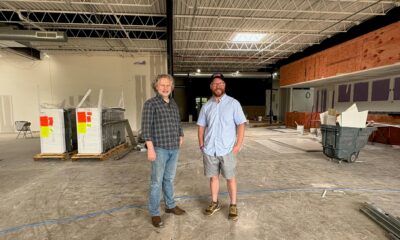
 Lifestyle1 month ago
Lifestyle1 month agoNew Restaurants Transform Minneapolis Dining Scene with Music and Flavor
-

 Technology1 month ago
Technology1 month agoByteDance Ventures into Mixed Reality with New Headset Development
-

 Technology4 weeks ago
Technology4 weeks agoMathieu van der Poel Withdraws from Tour de France Due to Pneumonia
-

 Technology1 month ago
Technology1 month agoRecovering a Suspended TikTok Account: A Step-by-Step Guide
-
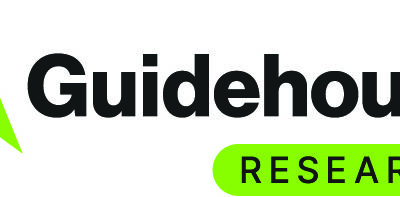
 Technology1 month ago
Technology1 month agoGlobal Market for Air Quality Technologies to Hit $419 Billion by 2033
-

 Health1 month ago
Health1 month agoSudden Vision Loss: Warning Signs of Stroke and Dietary Solutions

